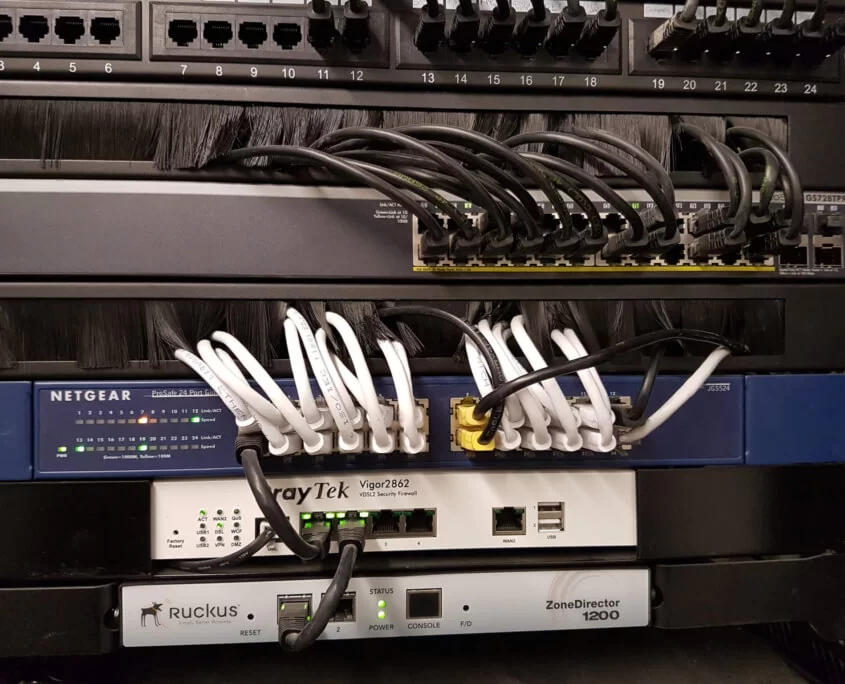The industry is changing quickly. Today, 4G networks are being upgraded to the 5G standard, making them even faster.
The newer network generations enable the most innovative applications and devices. The older cellular technology is getting progressively eliminated in favour of the newer generation.
1G
Since the very first cell phone networks began in the 80s, each new generation of mobile network technology has brought higher speeds and improved quality. Newer models also come with distinct features and benefits that make them better than the older ones.
The first cellular telephone networks (also called 1G) used analog technology, allowing users to make calls, but only. The 2G generation that followed, introduced the use of digital voice as well as SMS messaging.

- 5G added packet switch using the GPRS/EDGE technology. These networks opened the way to applications requiring speedy data. However, there are limitations on how fast mobile data can connect. These restrictions are usually imposed via data plan usage limits and hotspot caps, or throttles for video.
2G
2G brought data transfer on top of the voice, enabling SMS. Data transfer, which used the same channel for speaking and text messages, as well as pictures to send between two phones could be accomplished through data transmission. The feature is so effective that it has totally revolutionized the way we communicate. Also, candy bar-style phones like Nokia 3210 sold over 160,000,000 units.
Globally, 3G networks were launched as well as mobile internet was introduced. Users could browse on the internet or utilize basic applications. It also paved the way to more advanced capabilities like HD Mobile TV and videoconferencing.
The faster transfer of data enabled advanced functions such as HD Mobile TV as well as Video Conferencing. This technology paved the way for IoT-based mobile applications like NB IoT as well as LTE.
3G
The growing use of smartphones made it clear that the 2G network was no longer sufficient to manage the data flow. To keep pace with the needs of smartphone customers, it was essential to create new technologies.
GSM technology is the first stage in the conversion of cellular networks from analogue to digital. This was the first step to 3G networks.
3G provided significantly faster speeds for data transfers than its predecessors. It allowed users to connect via mobile devices and stay in touch with their companies.
It is the end of 3G, as many operators are switching to 4G. The end of 3G will have an impact on technologies, including cellphones, GPS, home alarms. You can prepare yourself to be ready for this change, and make sure that your equipment continues to function smoothly.
4G
Revolutionizing the globe is 4G’s wireless network. The new mobile technology provides faster data rates and higher connection densities, as well as lower latency.
The 3G networks are already crowded with users and slow speed of data, 4G lap dat truyen hinh cap viettel offers the ability to provide high-end mobile gaming, HD mobile TV, video conferencing, and IP phone calls. Beamforming is a technique that makes use of directional antennas to enhance Ricean factor, increase SNR and decrease root mean squared time spread.
The smartphone has been an enormous driver in the ecosystem of 4G. This device helped in making 4G an industry successful. However, it is expected to allow intelligent innovations to be made in a variety of industries. The technology can improve business efficiency and reduce costs. They also will raise the standard of living across the world.
5G
When newer and stronger technology becomes available, they will impact our everyday lives with unexpected effects. FiveG will enable applications streaming and virtual reality to run smoothly without buffering.
The 5G network can achieve such high speeds by making use of millimeter wave (mmWave), which can transmit more information than other radio waves. Additionally, 5G employs beamforming to focus on devices that are stronger and consume less energy.
As with other generations before The mobile market is also expected to continue evolving with the introduction of new services and throughput increases increase. The changes are more drastic this time.
